How we can repair the labor market, in one chart
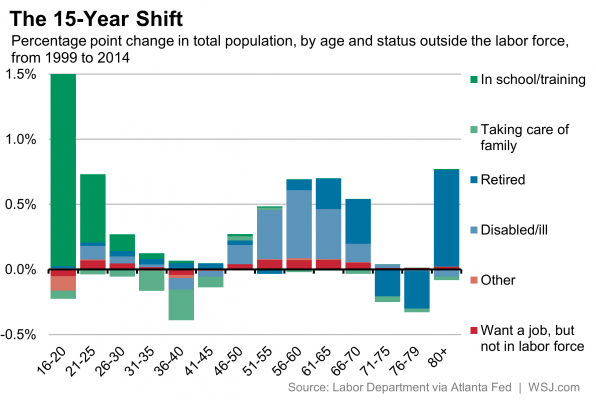

One big question mark in the recovery from the Great Recession is people who are out of the labor force entirely — they're not employed and they're not looking for work. They've been growing as a portion of the American population since the late 1990s, and spiked after the Great Recession. So everyone's wondering if this shift is permanent, or if a lot of these people can be brought back in.
A new analysis by The Wall Street Journal suggests a fair number of them can.
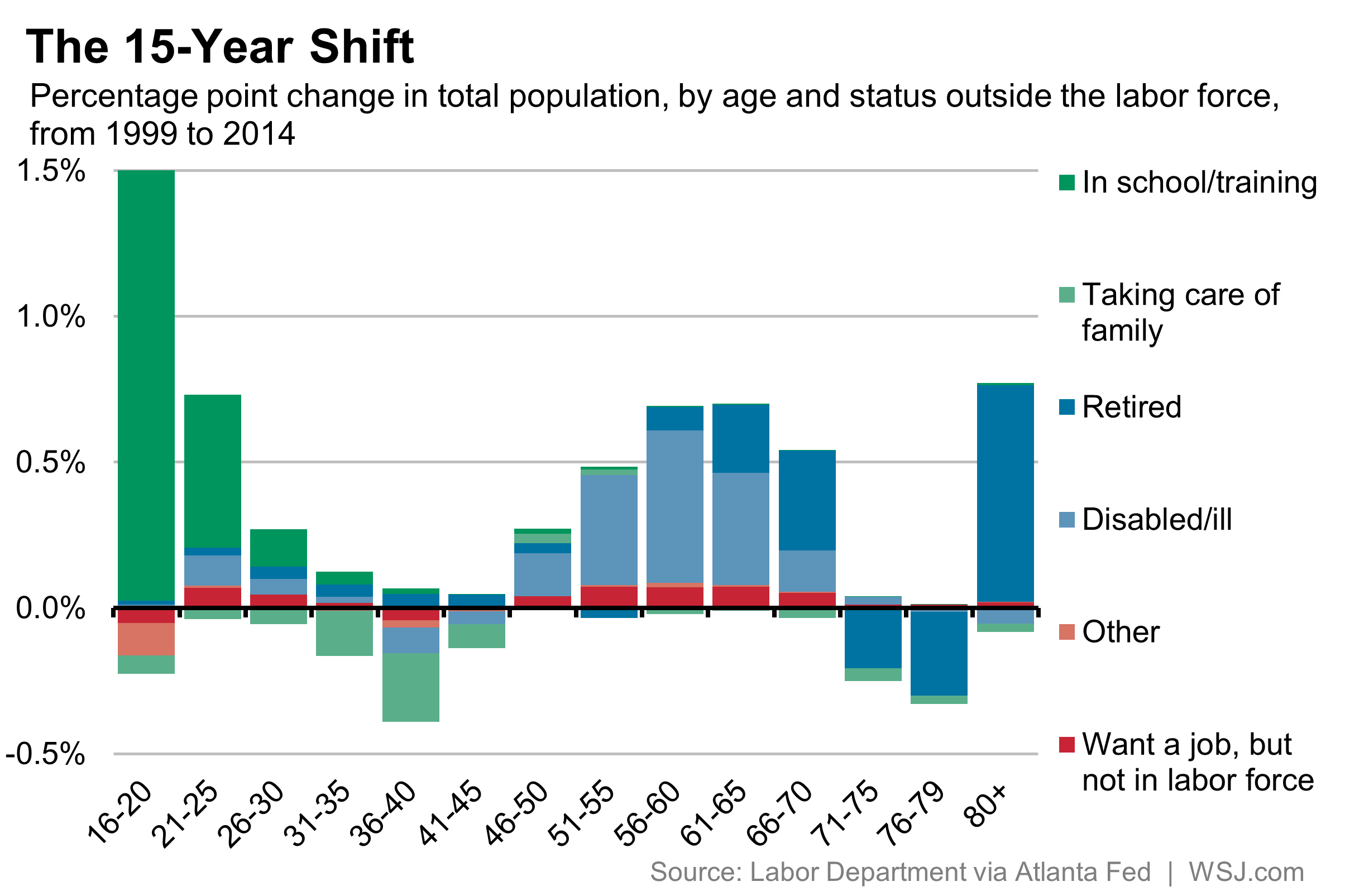
(Graph courtesy of The Wall Street Journal)
The Week
Escape your echo chamber. Get the facts behind the news, plus analysis from multiple perspectives.

Sign up for The Week's Free Newsletters
From our morning news briefing to a weekly Good News Newsletter, get the best of The Week delivered directly to your inbox.
From our morning news briefing to a weekly Good News Newsletter, get the best of The Week delivered directly to your inbox.
A lot of people dropped out of the labor force either by staying in school or by retiring early. Neither solution is great: more education comes with more student debt, and early retirement means reduced benefits. But they may be the best option for people when jobs are scarce. Obviously, we may run out of time to get early retirees back into the labor market. But a lot of people in school can obviously be brought back in, if we get job growth going again.
Another big story here is the rise of disability as a form of early retirement (in light blue). There's a fair amount of evidence disability benefits have risen to offset the decay of workers' compensation programs. But disability itself is also relative: If you've injured your back and can't do manual labor, but a lackluster economy means there are no desk jobs in your community, or it's too late for you to acquire the skills for a desk job, then you're disabled for all intents and purposes. So this category is at least somewhat amenable to more robust job growth as well.
In short, with the right macroeconomic policies to restore job growth and full employment, there's every reason to think labor force participation can be brought back up.
A free daily email with the biggest news stories of the day – and the best features from TheWeek.com
Jeff Spross was the economics and business correspondent at TheWeek.com. He was previously a reporter at ThinkProgress.
-
 Pakistan: Trump’s ‘favourite field marshal’ takes charge
Pakistan: Trump’s ‘favourite field marshal’ takes chargeIn the Spotlight Asim Munir’s control over all three branches of Pakistan’s military gives him ‘sweeping powers’ – and almost unlimited freedom to use them
-
 Codeword: December 6, 2025
Codeword: December 6, 2025The daily codeword puzzle from The Week
-
 Sudoku hard: December 6, 2025
Sudoku hard: December 6, 2025The daily hard sudoku puzzle from The Week
-
 US mints final penny after 232-year run
US mints final penny after 232-year runSpeed Read Production of the one-cent coin has ended
-
 Warner Bros. explores sale amid Paramount bids
Warner Bros. explores sale amid Paramount bidsSpeed Read The media giant, home to HBO and DC Studios, has received interest from multiple buying parties
-
 Gold tops $4K per ounce, signaling financial unease
Gold tops $4K per ounce, signaling financial uneaseSpeed Read Investors are worried about President Donald Trump’s trade war
-
 Electronic Arts to go private in record $55B deal
Electronic Arts to go private in record $55B dealspeed read The video game giant is behind ‘The Sims’ and ‘Madden NFL’
-
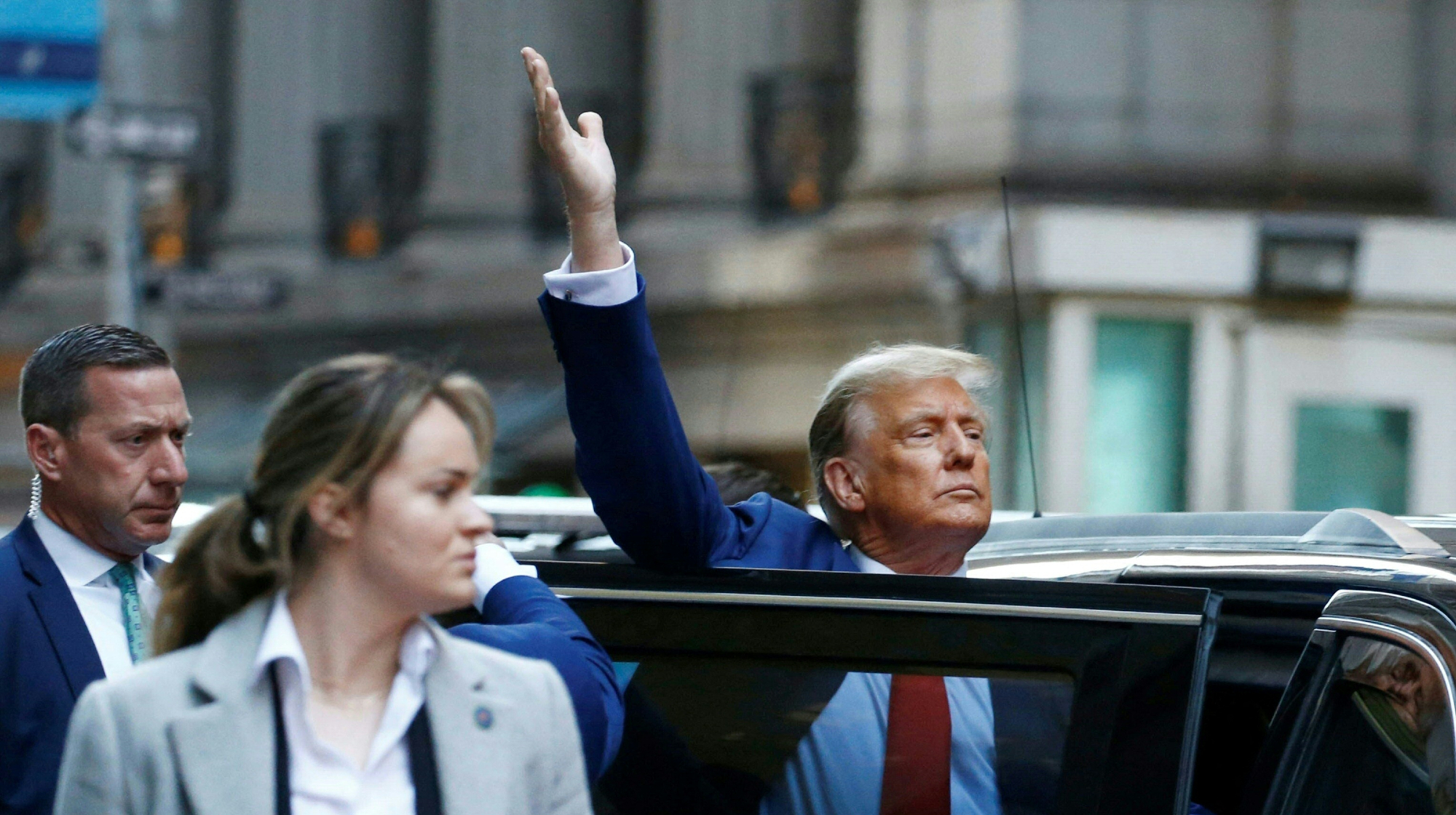 New York court tosses Trump's $500M fraud fine
New York court tosses Trump's $500M fraud fineSpeed Read A divided appeals court threw out a hefty penalty against President Trump for fraudulently inflating his wealth
-
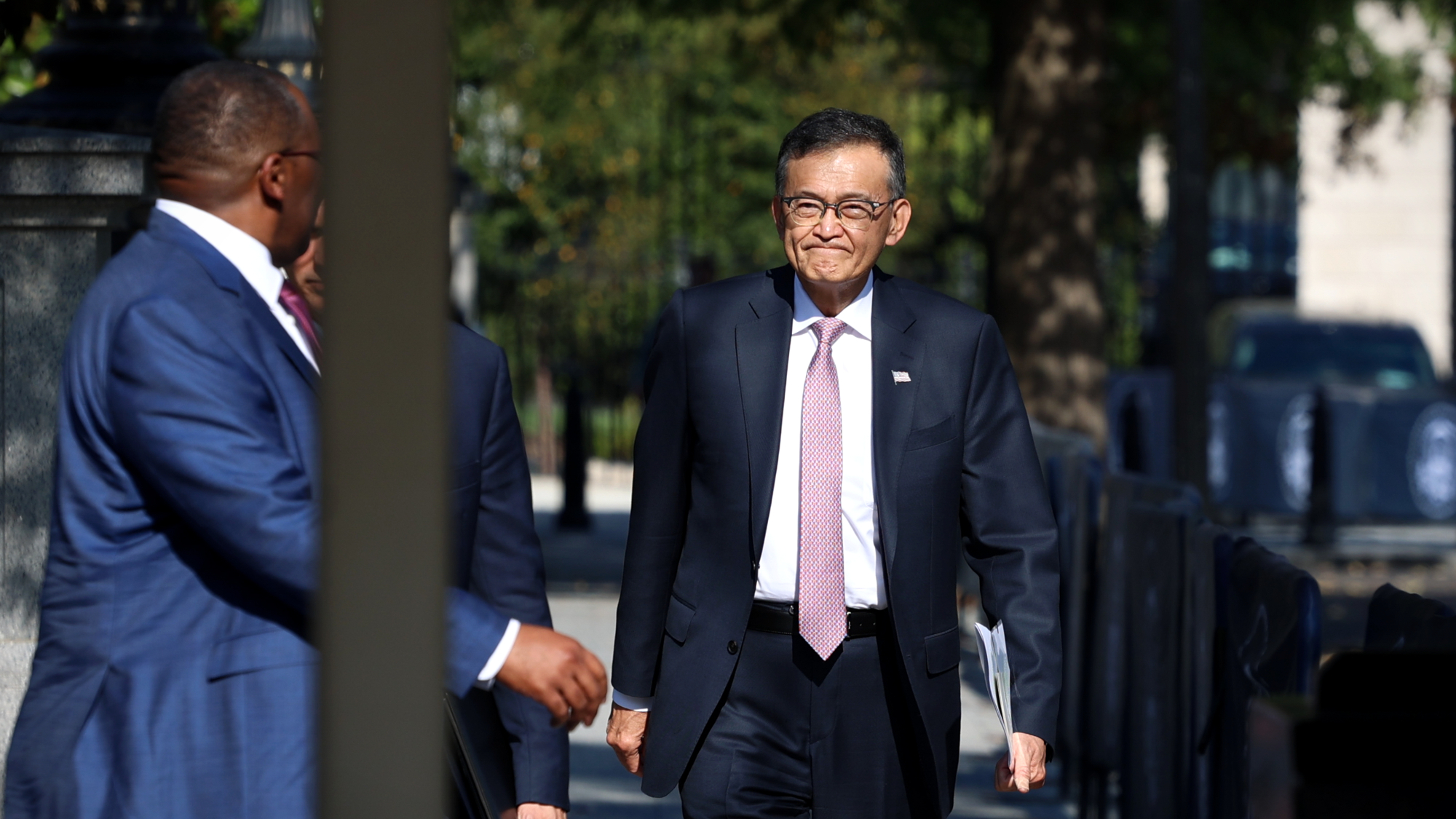 Trump said to seek government stake in Intel
Trump said to seek government stake in IntelSpeed Read The president and Intel CEO Lip-Bu Tan reportedly discussed the proposal at a recent meeting
-
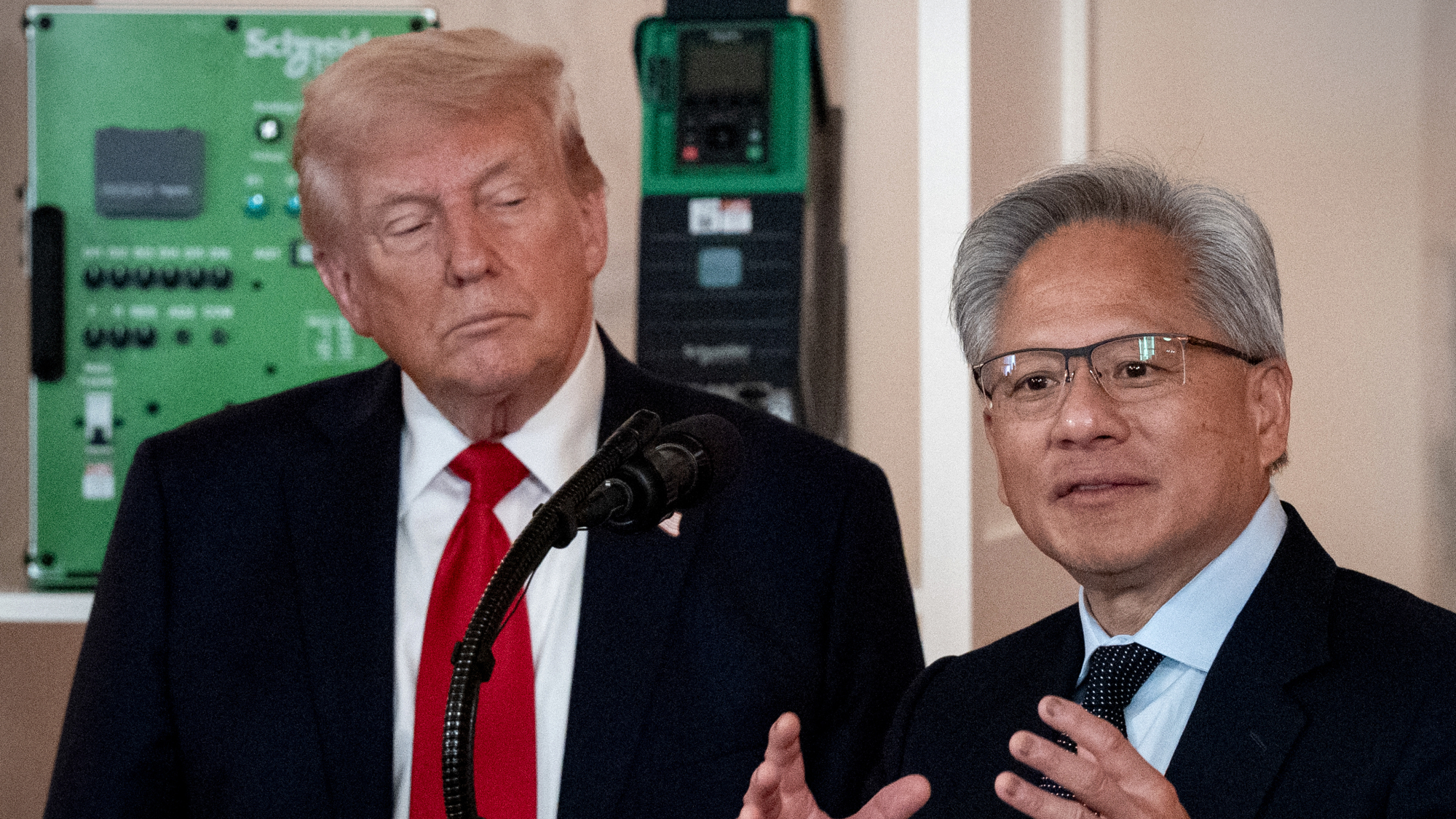 US to take 15% cut of AI chip sales to China
US to take 15% cut of AI chip sales to ChinaSpeed Read Nvidia and AMD will pay the Trump administration 15% of their revenue from selling artificial intelligence chips to China
-
 NFL gets ESPN stake in deal with Disney
NFL gets ESPN stake in deal with DisneySpeed Read The deal gives the NFL a 10% stake in Disney's ESPN sports empire and gives ESPN ownership of NFL Network
